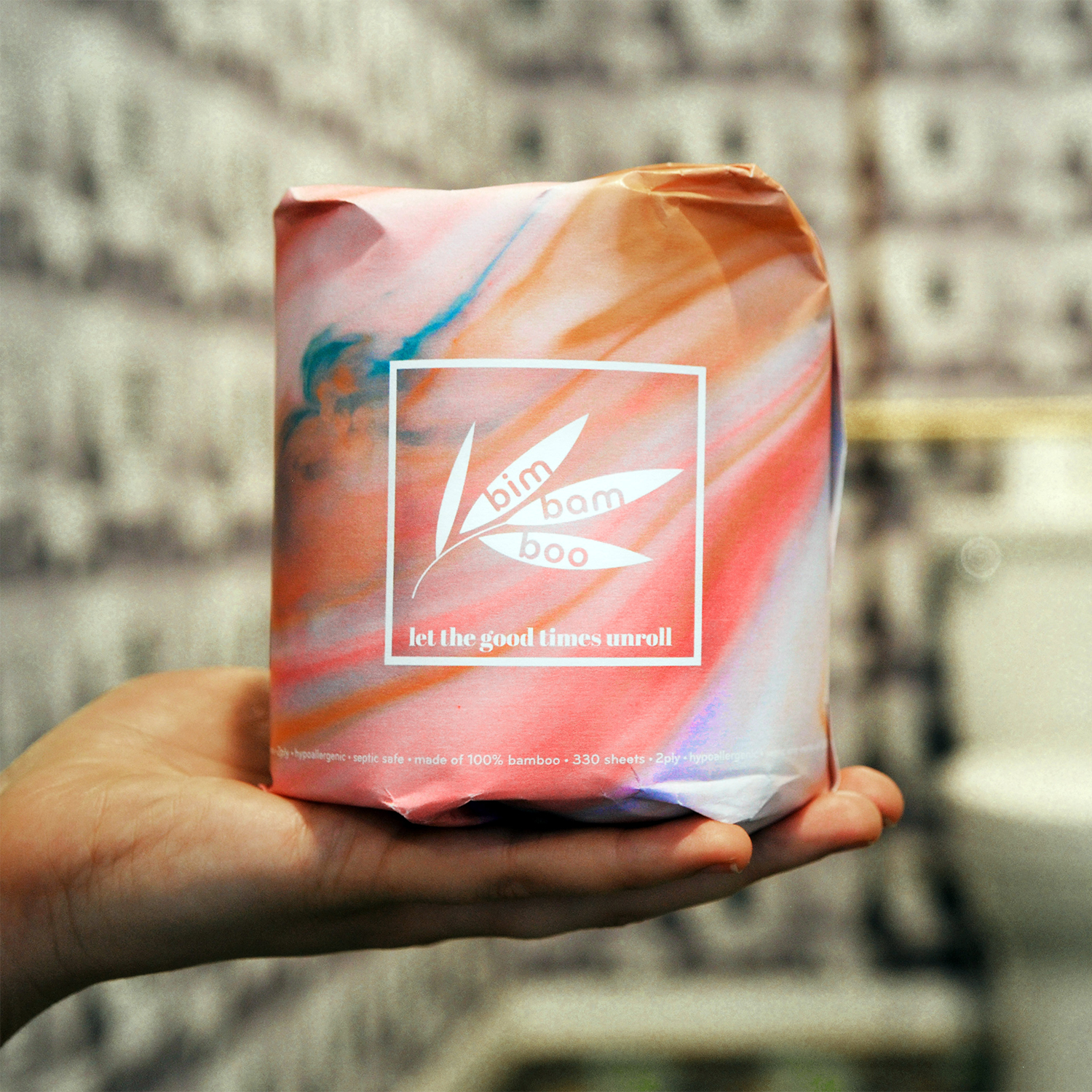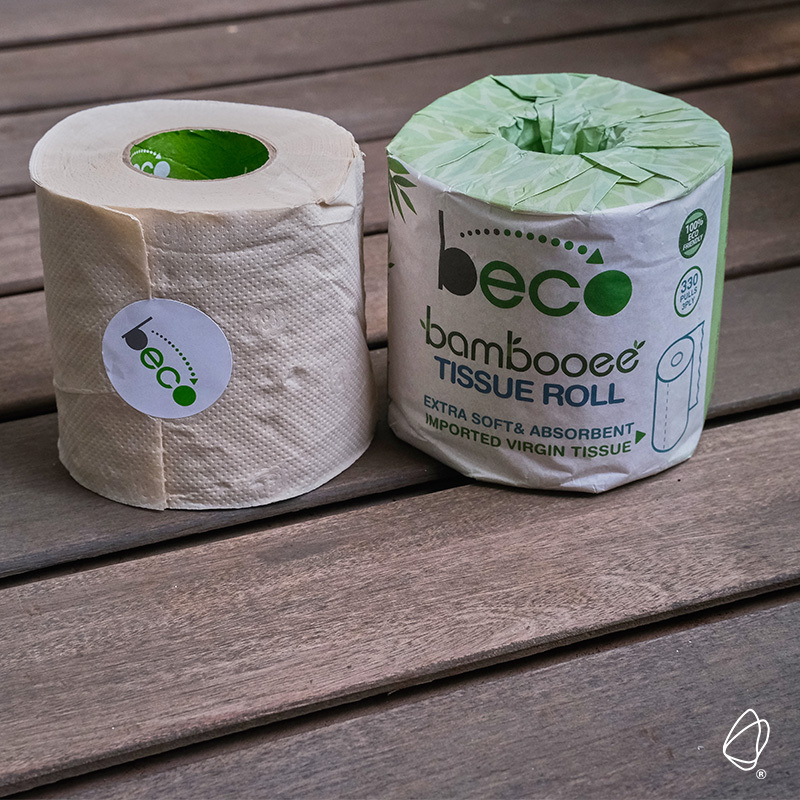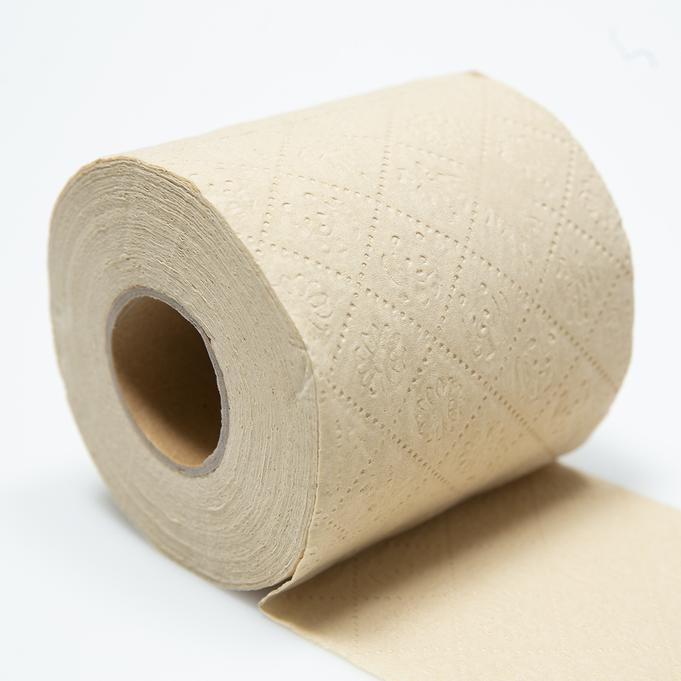

Cloud Paper’s 24-pack comes out to roughly 40 cents per hundred sheets, about the same cost as Charmin’s ultra soft offering of the same size.


In a Bloomberg analysis, some bamboo offerings are about the same price as those from major brands made with virgin trees. Simplifying the inputs made upgrades easier, and each improvement increased sales, according to Grove Chief Executive Officer Stuart Landesberg. One big leap was making it completely from bamboo fibres, instead of mixing in sugarcane. Grove Collaborative, a startup selling eco-friendly goods with about US$385 million in annual revenue and a valuation of around US$1.5 billion, churned through half a dozen versions of its bamboo toilet paper in pursuit of softness. Using bamboo also avoided the psychological baggage recycled options might have already inflicted.Ī lot of people “aren’t willing to try it again,” Alexander said. The brand began with a recycled line and added a bamboo option in 2016 because the plant, which is classified as a grass, has longer fibres that made the tissue softer.

Otherwise, it would struggle to get beyond “crunchy hippies,” according to Danny Alexander, a co-founder and chief of product. Shortly after its founding in 2012, Who Gives a Crap realized it needed to match the quality of traditional offerings. Customers no doubt like that the recycled toilet paper is eco-friendly, but one emblematic comment simply states: “It is not very soft, but doing its job.” A look at reviews on Seventh Generation’s website shows why. retailers, while the big three - P&G, Kimberly-Clark and Georgia-Pacific - controlled 70 per cent of the market, according to Euromonitor International. In 2020, recycled toilet paper accounted for just 1.6 per cent of sales from U.S. It’s possible to make up some of that soft feel consumers want, but not all, according to Seventh Generation’s Wolf. Reclaimed tissue makers work with fibres that are shorter because they get damaged during the recycling process, so they yield tissue that’s not as smooth. Lately, it looks like the industry is running out of ideas, with a recent push to make rolls fluffier and market them as “mega.”īut the baseline remains softness, and recycled toilet paper, which has been around for more than two decades, has generally fallen short on that front. The sector has since tried to add benefit stories around infusing toilet paper with lotion or scents like lavender. This advertisement has not loaded yet, but your article continues below.


 0 kommentar(er)
0 kommentar(er)
